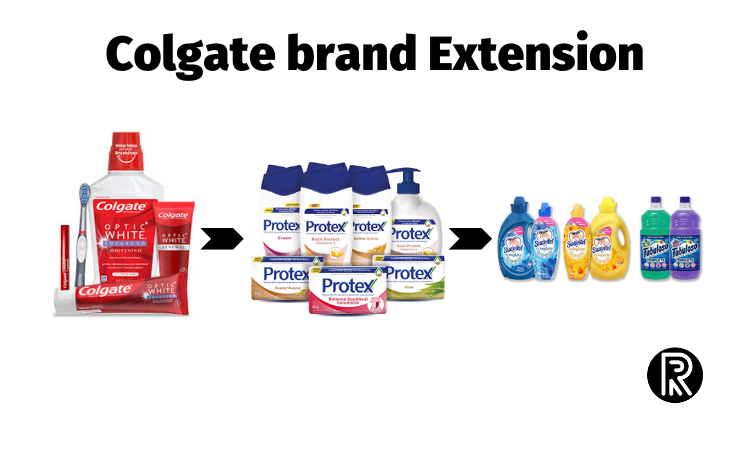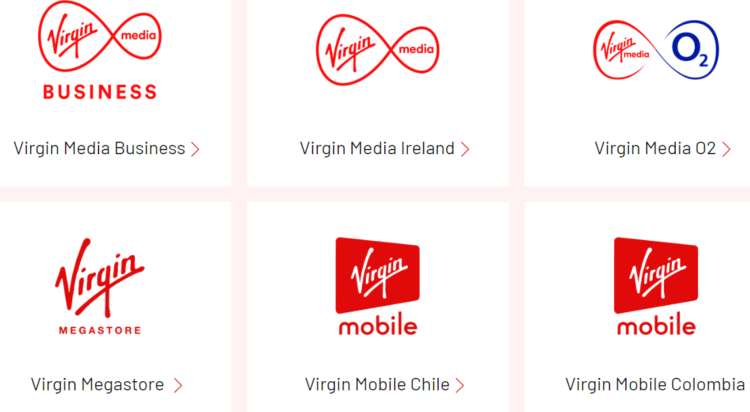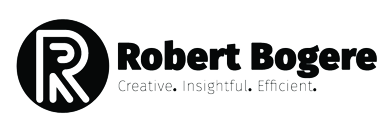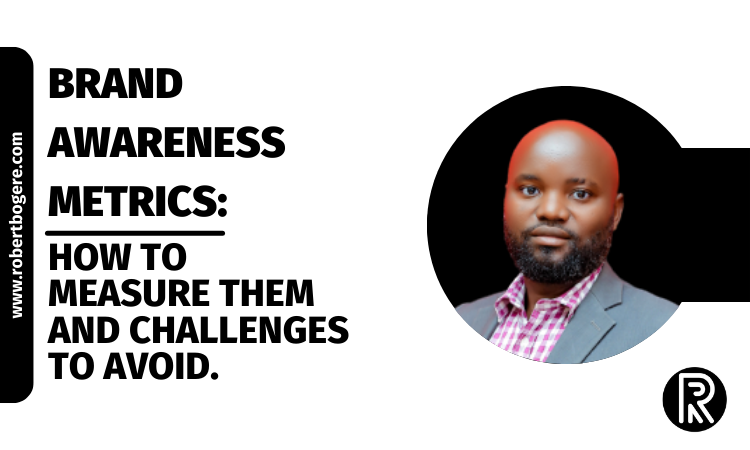Last Updated on Wed-Apr-2024 by Robert Bogere
According to a study by Nielsen, successful brand line extensions can result in a revenue increase of up to 20% for companies, highlighting the significant financial impact of leveraging existing brand equity into new product categories or markets.
As a brand strategist, I’ve witnessed firsthand the transformative power of brands.
From the local coffee shops becoming a community hub to the global giant that redefines how you live and work, your brand can shape perceptions, influence behavior, and inspire change.
Through the lens of brand extension, I’ve seen companies transcend their traditional boundaries, taking bold leaps into new territories and redefining what it means to connect with consumers in meaningful ways.
This article will explain what brand extension is, discuss the complexities of brand extension strategies, examine the pros and cons of expanding a brand into unfamiliar territories, and provide best practices.
Discover: How you can develop a brand strategy for your startup
- Brand extension meaning
- Risks associated with brand extension
- Potential benefits of brand extension
- Factors you should consider before pursuing a brand extension strategy?
- How can you mitigate risks of your brand extension?
- Examples of brand extension
- Brand extension FAQs
- How long does it typically take a brand extension to show results?
- Are there any specific industries or product categories where brand extension is more successful?
- What are the key differences between brand extension and brand dilution?
- How can my company measure the success of a brand extension?
- What are some common mistakes to avoid when implementing a brand extension strategy?
- How can I overcome consumer skepticism or resistance to brand extensions?
- Brand extension conclusion
- Thinking about where to start from?
Brand extension meaning
A brand extension is a strategic move where companies use their brand recognition to launch a new product or service in a different category.
Bynder defined brand extension as a process your company using its brand equity, reputation, recognition, and image to introduce its new product or service in a new category.

To add to the above, brand extension is where your company uses its existing brands to introduce a new product type.
When it’s done properly, expect more revenues for your company, but if it’s done wrongly, expect a downfall for your brand.
What you need to know is brand extension can’t work for a shrinking product. Instead, it works you’re your parent product has great value in the marketplace. You lean on your parent product value to market and sell your new product.
Successful brand extensions seamlessly integrate into your brand’s overarching identity while providing innovative solutions to meet changing consumer needs.
Risks associated with brand extension
McKinsey’s survey found that 76% of consumers are more likely to purchase a new product from a brand they already know and trust, underscoring the importance of brand recognition in driving purchase behavior.

1. Consumer confusion: Your consumers may become confused or experience dissonance when a brand extends into unfamiliar product categories, leading to hesitation or rejection of your brand extension.
This is something you need to notice when introducing your product brand extension.
2. Negative effect: A failed brand extension can have a negative spillover effect on your existing brand, tarnishing its reputation and eroding consumer trust and loyalty.
3. Cannibalization of existing products: Brand extensions may cannibalize sales of your company’s existing products, leading to loss of revenue and market share erosion within the same brand portfolio.
4. Overextension of the brand: Your company risks overextending its brand by introducing too many extensions or expanding into unrelated product categories, which can dilute your brand equity and lead to consumer confusion.
5. Lack of brand relevance: If your brand extension lacks fit or relevance with your parent brand’s core values, positioning, or target audience, it may fail to resonate with your consumers and affect your brand equity.
Discover: Review how you come up with your brand positioning statement for your small business.
Potential benefits of brand extension

Increased revenue and market share
Brand extension leads to increased revenue and market share by leveraging your existing brand equity and consumer trust to launch your new products or enter new markets.
Consumers are more likely to try your new product from a brand they already know and trust, leading to higher acceptance rates and faster adoption.
Improved brand visibility and loyalty
Brand extension leverages on the familiarity and positive connotations consumers have with your parent brand, strengthening brand loyalty and affinity.
By expanding into new product categories or markets, your brand increases its visibility and relevance among consumers, leading to deeper connections and stronger brand loyalty.
Cost savings on your marketing and advertising
The brand extension requires a lower marketing budget compared to launching entirely a new brand, as your parent brand already enjoys its brand awareness and recognition.
Your company can leverage on its existing marketing channels, customer relationships, and distribution networks to promote its brand extension, reducing the need for extensive advertising and promotional efforts.
Leveraging on your existing brand equity
By extending into related product categories, your company can capitalize on the trust and credibility established by your parent brand.
Consumers are more likely to perceive your brand extension positively if it aligns with your core brand values, quality standards, and reputation of your parent brand, reducing the perceived risk and increasing purchase intent.
Factors you should consider before pursuing a brand extension strategy?
1. Maintaining brand consistency
Consistency is key to successful brand extension. Your company should ensure that a brand extension aligns with your core values, identity, and positioning of the parent brand to maintain brand coherence and credibility.
Consistent branding elements, such as logo, color palette, and messaging, help reinforce brand equity and consumer trust across extensions.
2. Thorough market research
Conducting thorough market research is essential to understand consumer needs, preferences, and competitive dynamics related to your brand and potential extension.
Market research helps identify market opportunities, assess consumer acceptance, and uncover potential risks or challenges that may affect the success of your brand extension.
3. Effective communication and positioning
Clear communication and positioning are critical to managing consumer expectations and building trust with your consumers.
Your company should explain why it is expanding its brand and highlight how it aligns with the key values and strengths of the original brand.
Effective messaging helps differentiate the brand extension from competitors and resonates with target audiences.
4. Testing and Iteration
Testing and iteration are vital components of the brand extension process.
Your company should pilot-test new offerings through market trials or limited launches to gather feedback, evaluate consumer response, and refine its product or marketing strategy before full-scale rollout.
Iterative testing will allow your company to identify potential issues early on and make necessary adjustments to improve the success of your brand extension.
5. Monitoring market trends
Staying informed about market trends and consumer preferences is key to remain competitive and relevant in the marketplace.
Your company should continuously monitor market dynamics, competitor actions, and consumer feedback to identify opportunities and anticipate changes that may affect the success of the brand extension.
By staying agile and responsive to market trends, your company can adapt its brand extension strategy to capitalize on emerging opportunities and mitigate potential risks.
Discover: How you can develop your brand visual identity for your startup
How can you mitigate risks of your brand extension?
Based on the global insights from successful brand extension strategies, several best practices emerge for companies seeking to embark on this journey as below;
1. Customer engagement
Leverage your customer engagement and feedback throughout your brand extension process.
Solicit input from existing customers through surveys, focus group discussions, and beta testing to validate your product concepts, gather insights, and identify potential areas for improvement.
A study carried out by McKinsey found that 90% of consumers are more likely to try a new product if a brand they already love endorses it, showing the influence of brand equity in facilitating consumer acceptance and adoption of brand extensions.
2. Brand storytelling
Prioritize the power of brand storytelling to communicate your narrative behind the brand extension and connect with consumers on an emotional level.
Write an interesting narrative highlighting your brand heritage, values, and unique selling proposition to resonate with your target audiences.
3. Integrated marketing communications
Develop an integrated marketing communications campaign leveraging multiple channels, including digital, traditional advertising, and experiential marketing, to build awareness, generate buzz, and drive engagement for your brand extension.
4. Retail merchandising
Implement effective retail merchandising strategies to ensure more visibility and shelf presence for your product extension in brick-and-mortar stores.
Optimize product placement, packaging design, and point-of-sale displays to capture your consumer attention and stimulate purchase intent.
5. Brand partnerships
Explore strategic brand partnerships and collaborations to amplify your product reach and the impact of the brand extension.
Align with complementary brands or influencers sharing similar values, and target demographics to leverage their audience and credibility.
6. Customer experience
Leverage your customer experience across all your touchpoints, from pre-purchase research to post-purchase support, to delight and retain customers.
To improve customer loyalty and support, provide user-friendly experiences, personalized interactions, and responsive customer service.
7. Performance measurement
Establish key performance indicators (KPIs) and metrics to track the success and effectiveness of your brand extension strategy.
Monitor metrics, such as sales performance, market share, customer satisfaction, and brand sentiment, to examine your product progress and inform strategic decision-making.
8. Long-term sustainability
Emphasize long-term sustainability and responsible business practices in the development and management of your brand extension.
Consider environmental, social, and governance (ESG) factors and integrate sustainability initiatives into product design, sourcing, and operations to align with growing consumer values and expectations.
Examples of brand extension
According to Harvard Business Review, successful brand extensions can lead to a 5% to 20% increase in market share within the first year of launch, demonstrating the potential for significant growth through brand extension strategies.
Virgin Group
Richard Branson’s Virgin Group successfully extended its brand across diverse industries, including music, airlines, telecommunications, and hospitality.

The common thing across Virgin’s ventures is a commitment to disruption, innovation, and exceptional customer experience, which enabled the brand to thrive in highly competitive markets.
Harley-Davidson
This iconic motorcycle manufacturer ventured into branded merchandise, accessories, and lifestyle products to capitalize on its cult following and iconic brand image.

While Harley-Davidson’s brand extension strategy has been largely successful, the company faced challenges in diversifying its customer base and expanding into new demographics.
Colgate
Colgate, known primarily for its oral care products, extended its brand into the personal care category with the launch of Colgate-branded soaps, shampoos, and deodorants.

However, the brand extension met with limited success, as consumers failed to associate Colgate with personal care beyond oral hygiene, highlighting the importance of brand relevance and consumer perception.
Brand extension FAQs
How long does it typically take a brand extension to show results?
The timeline for observing results from your brand extension can vary depending on factors such as market conditions, consumer acceptance, and your marketing effort effectiveness.
Your company may observe an immediate sales raise, while in others, it may take several months or even years to realize the benefits of a brand extension fully.
Are there any specific industries or product categories where brand extension is more successful?
While brand extension can be successful across various industries, certain factors, such as brand strength, consumer trust, and market dynamics, may influence the likelihood of success.
Industries with high levels of brand loyalty and strong consumer associations, such as fashion, technology, and food and beverage, may be more conducive to successful brand extensions.
What are the key differences between brand extension and brand dilution?
Brand extension refers to leveraging established brand equity to introduce new products or enter new markets, while brand dilution occurs when the extension dilutes your original brand identity, value, or perception in the eyes of consumers.
Brand dilution can occur if your brand extension fails to align with your core values, positioning, or target audience of the parent brand, resulting in confusion or loss of credibility.
How can my company measure the success of a brand extension?
Your company can measure the success of its brand extension through various metrics, including;
- Sales performance
- Market share growth
- Return on investment (ROI)
- Brand awareness and perception
- Consumer engagement and loyalty
By tracking the above metrics over time and comparing them to predefined benchmarks or objectives, your company can assess the effectiveness and impact of its brand extension strategy.
What are some common mistakes to avoid when implementing a brand extension strategy?
Some common mistakes to avoid when implementing your brand extension strategy include:
- Failing to conduct thorough market research to understand consumer needs, preferences, and competitive dynamics.
- Overextending the brand into unrelated or incompatible product categories, leading to consumer confusion or rejection.
- Neglecting to maintain brand consistency and coherence across extensions, risking dilution of brand equity and credibility.
- Underestimating the importance of managing consumer expectations and effectively communicating your unique value proposition of your brand extension.
How can I overcome consumer skepticism or resistance to brand extensions?
Your company can overcome consumer skepticism to brand extensions by;
- Communicating the rationale and unique value proposition behind your brand extension, emphasizing how it aligns with the core values and strengths of your parent brand.
- Offering evidence of product quality, performance, or innovation in product demonstrations, testimonials, or endorsements.
- Leveraging trial or introductory promotions to encourage consumers to experience your brand extension firsthand and build confidence in its value and relevance.
- Listening to consumer feedback and addressing any concerns or objections transparently and proactively, demonstrating a commitment to consumer satisfaction and trust.
Brand extension conclusion
As I reflect on my journey as a brand strategist, I’m reminded that most powerful brands are not just products or logos—their stories waiting to be told.
From your strategic planning sessions to the creative brainstorming sessions, every step of your brand extension process is an opportunity to create narratives that resonate, inspire, and endure.
As you continue to navigate the branding space, remember that your greatest asset lies not only in the products you sell but also in the stories you tell and the connections you forge with those who believe in your vision.
Together, let us continue to push the boundaries of what is possible, one brand extension at a time.
Thinking about where to start from?
Book a complimentary brand extension consultation with me. Discover how strategic brand extension can accelerate your brand growth, improve your brand equity, and unlock new opportunities for your business.
Schedule your consultation today and take the first step towards maximizing the value of your brand.




